Exploring Visual Cultures – A Transnational Project Decolonisation of Art Education?
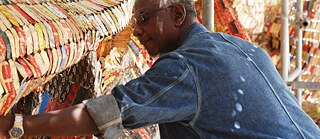
In 2019, the Ghanaian artist El Anatsui took over the patronage of the project “Exploring Visual Cultures”. | Photo (detail): © El Anatsui
Teacher training in art education at German universities is faced with a dilemma: Instruction is seldom diverse and rarely influenced by non-European perspectives. With the aim of deconstructing the Eurocentric understanding of art and promoting the development of contemporary teaching materials, the Exploring Visual Cultures project shows what tomorrow’s teaching can look like. An interview with the project manager Professor Ernst Wagner, Academy of Fine Arts Munich.
Exploring Visual Cultures has set itself the goal of providing new stimuli in art education and also integrating non-European perspectives. What has the training in art education at German universities been based on so far?I can only report on the academy where I work, but I have the impression that we are not entirely atypical. Our focus is clearly on the personal artistic growth of the students, which is flanked by teaching methodology and art history.
One general dilemma that we have with teacher training at all German universities is that practically all of our students are German citizens, as the training is aimed at civil servant teaching staff at German schools. There is no diversity there and there is also not enough diversity in the content. The latter in particular has to do with the fact that there are too few models of what contemporary art education could be. Fortunately, we have very attentive students who are increasingly demanding and testing that.
But things are already changing: Presently, there is a cooperation between students from the Munich Art Academy and students from Iran, Ghana, South Africa, Japan and Hong Kong who are working together on artistic projects. We will present the results in June 2021 at three Munich galleries. All of the participants also keep research diaries to reflect on their experiences. This will not only result in a catalogue, but also serves as the basis for the didactic discussion from which new teaching materials will be produced. In my opinion, this collaboration with people from different cultures points the way forward.
How do you assess the situation of art classes in German schools?
Due to various practical and justification constraints at work, and with enormous pressure from all sides, teachers are real geniuses in dealing with their situation. Almost none of them, however, have been involved in the current discourses at the academies, so they have to make an effort to make connections on their own. The available text books are, as far as the decolonisation of art education is concerned, outdated. And so, they tend to fall back on the familiar, which is usually not factually incorrect – but has now become problematic insofar as non-European positions are usually not represented.
What experiences and ideas brought Exploring Visual Cultures about and how would you describe the goal of the project?
In very simplistic terms, existing art lessons are – certainly unintentionally – exclusionary, which is due to their orientations: First of all, an exclusively Western canon, which ranges from French cathedrals to Leonardo, Raphael, Michelangelo, Versailles, Goya and perhaps two American artists like Pollock and Warhol. But the narrative, too, is mainly aligned to the educated middle class, in which the development of art is understood, in the spirit of evolutionist ideas, as a progressively branching “tree” owed mainly to the work of mostly male “geniuses.” Other perspectives, such as those from the Muslim world, are excluded, as are other definitions of art. We just have to understand that our concepts come from “the province of Europe” and that the world is more diverse – the key is to “unlearn” our previous interpretive sovereignty over art.
But how does that work in a modern classroom?
In any case, it’s clear that we can no longer afford Eurocentrism, or the subject will completely lose its relevance. So, we have to – using the same order – decolonise the canon, make the narratives compatible with the worlds of children and young people in different milieus, argue from multiple perspectives, make the relativity of our concept of art an object and try out alternative practices.
But we also have to ask ourselves what, for example, “critical whiteness,” the critical consideration of the privileges of being a white person in the world, can mean in our context. What the colonial legacy means for the works of art we study, for example in the case of “classics” such as Gauguin, Picasso, Man Ray – how we can deconstruct hegemonic inscriptions in the Eurocentric understanding of art and how we want to shape a common and shared production of knowledge.
So many questions and challenges for contemporary art teaching! Our goal is to provide support for the art teacher community, not just here in Germany.
What international partners do you cooperate with?
Thanks to state funding, we can work very closely with colleagues in Ghana, with partners in Nairobi, South Africa and Cameroon. Through my work at the UNESCO Chair for Cultural Education in Erlangen, I was also able to include networks in the Asian region. In addition, there is growing collaboration with actors in Germany: ethnological museums, universities, documenta fifteen. As I said, the project is just beginning, but it is particularly intended as a platform for networking actors who work in the same field.
What formats are there for collaboration?
The basic format is very simple: We build a database of “visual objects” that are relevant to the respective educational context. One example would be the portrait of Louis XIV, as it can be used to explore important topics such as absolutist forms of rule, a certain understanding of nature, but also gender aspects. We decided that in the German team. The teams in Ghana, South Africa and the other countries naturally opt for other objects, such as Nelson Mandela’s house in Soweto. The respective country-specific context is decisive for the selection.
The objects are then explained in a short text by the people who selected them. In the meantime, we’ve developed a small basic inventory and are now entering the second phase, in which – while further expanding the database – we are testing how we can thematically connect the objects from the database, either through meta-texts or through curated virtual exhibitions. We’ve had initial experience now, for example on topics such as gender-specific differences or collective memory.
The transnational expert panel that controls the content of the project, in which partners from Japan, Korea, Singapore, South Africa and Ghana are participating, is also presently working on a comparative study on the definition of art and on concepts of art education.
What does the joint development of teaching materials look like in this project? How can we understand it in concrete terms?
We want to have a handout for art teachers ready in summer 2022. For this, we were able to recruit a working group of teachers to work on it. The international partners from Ghana, Cameroon and Japan are also helping. For example, there is a wonderful lesson proposal in which students, inspired by Gauguin, playfully try out artistic self-empowerment strategies in video clips. Other concepts were developed on topics such as hair styles, fabric design or exoticisation strategies using the example of the saltner of Merano or the Nkisi figures; objects from the Congo that were formerly known as “fetishes.” These ideas are intended to exemplify what is possible in art class and encourage teachers to try it out themselves.
The interview was conducted by Dr Natalie Göltenboth.
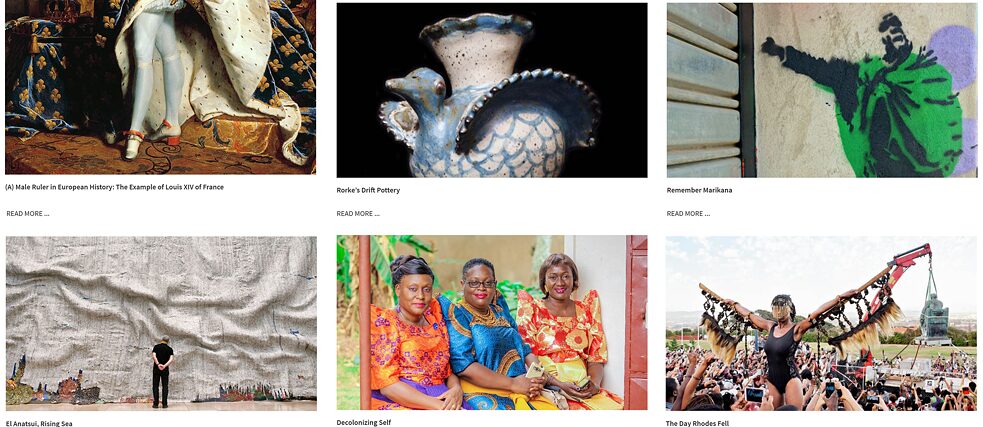
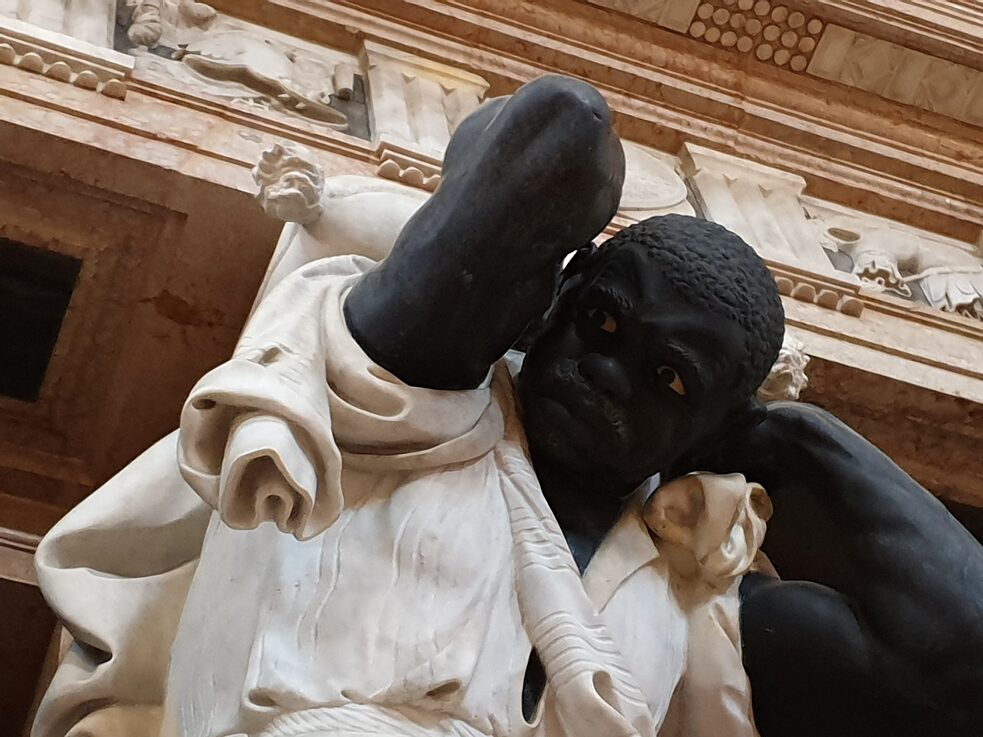
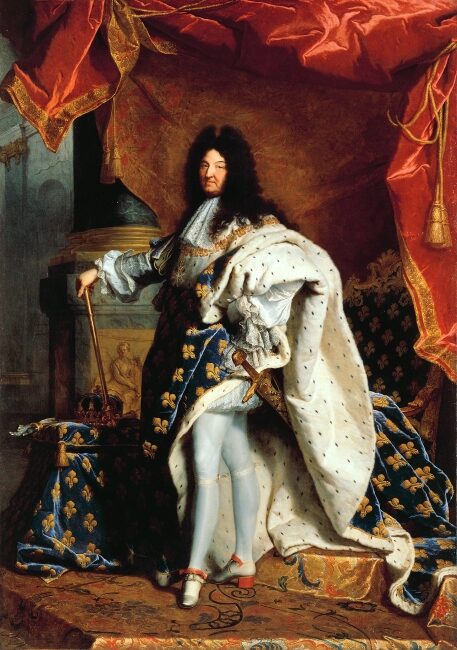
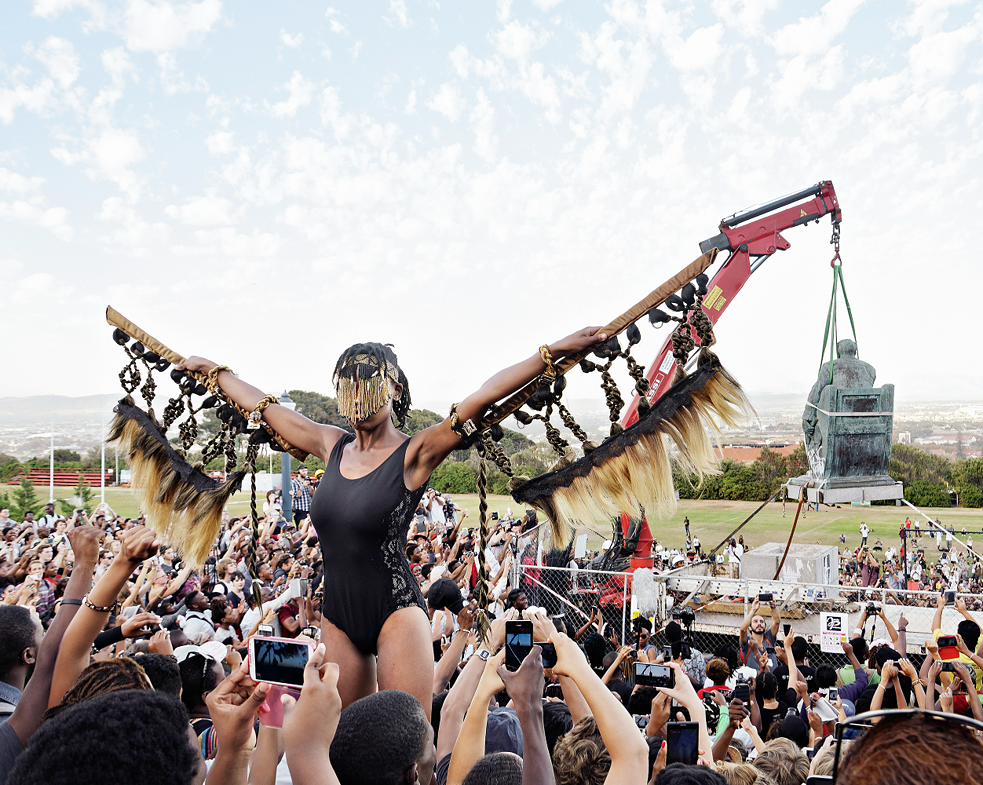
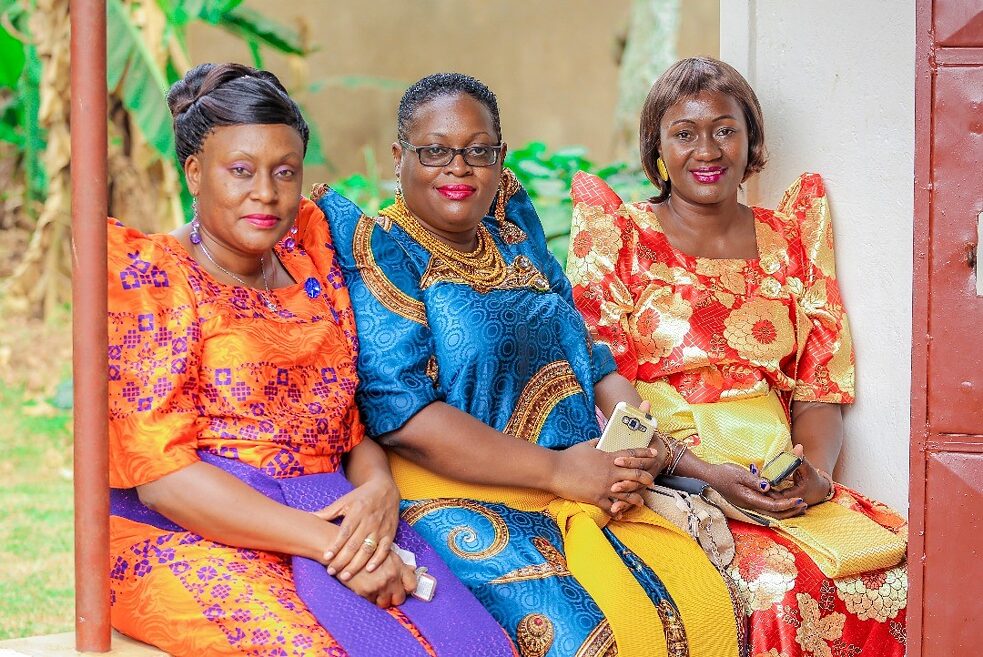
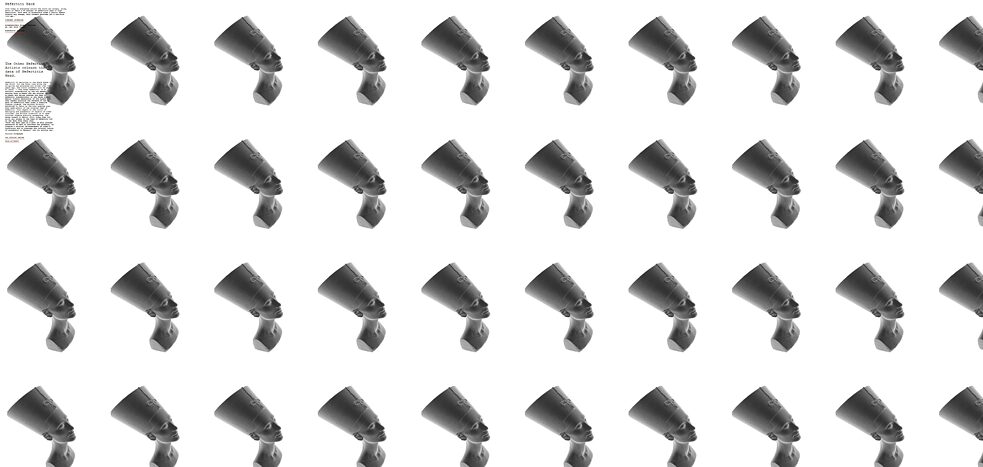
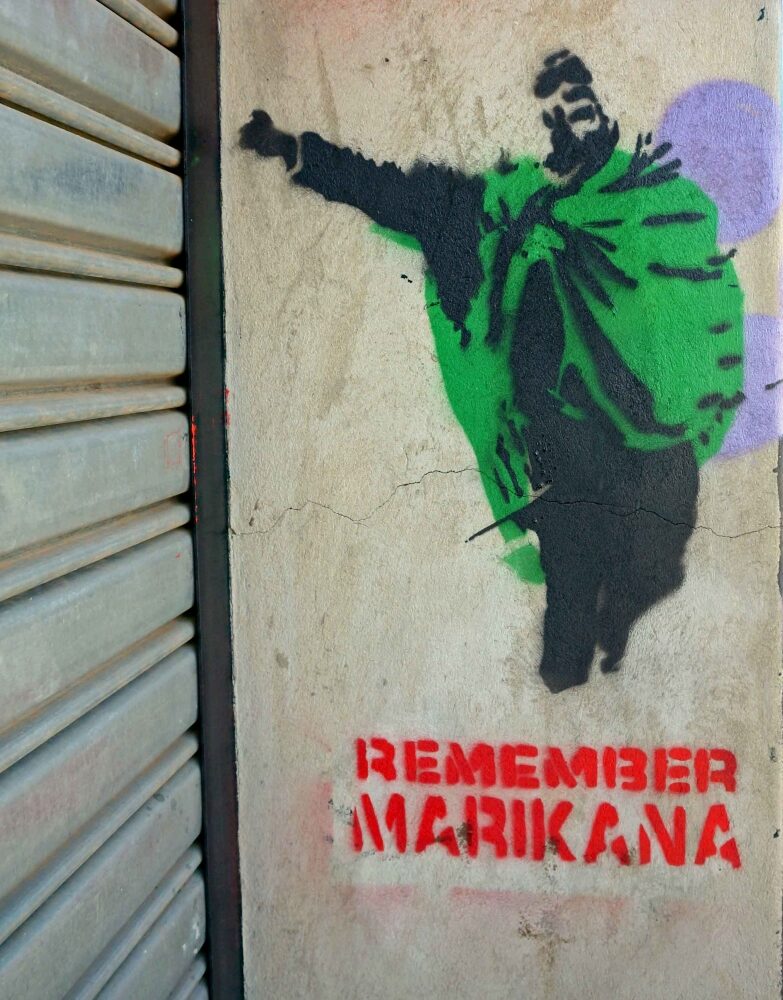
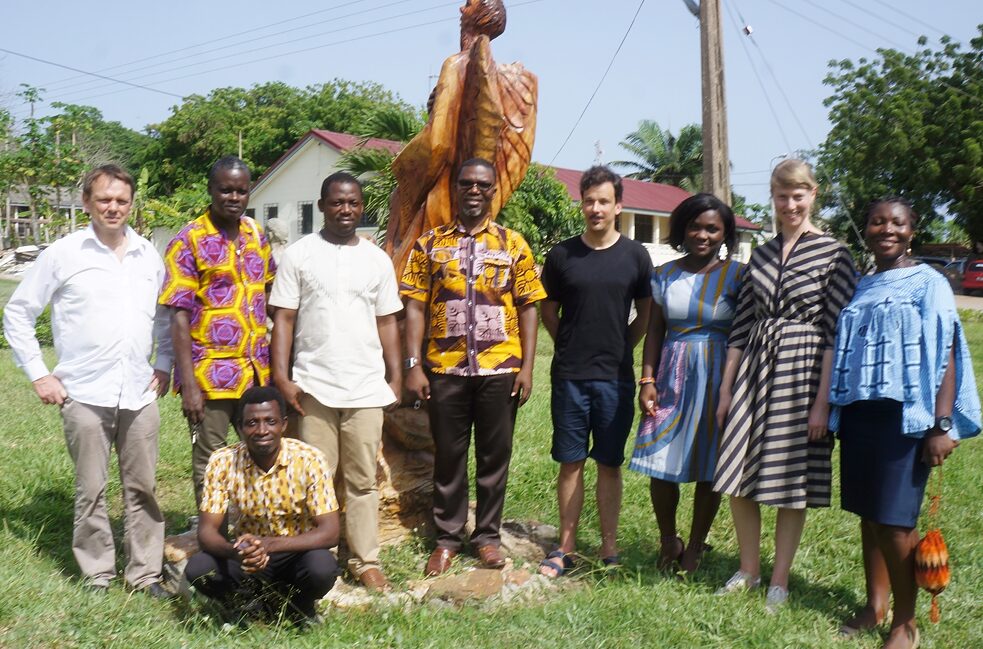
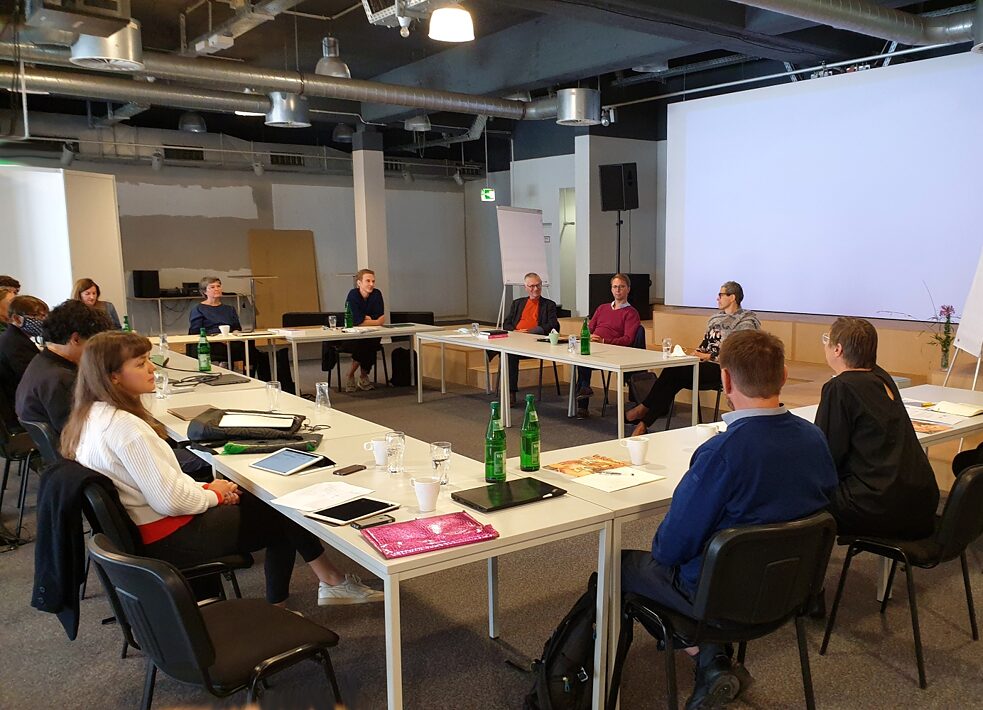
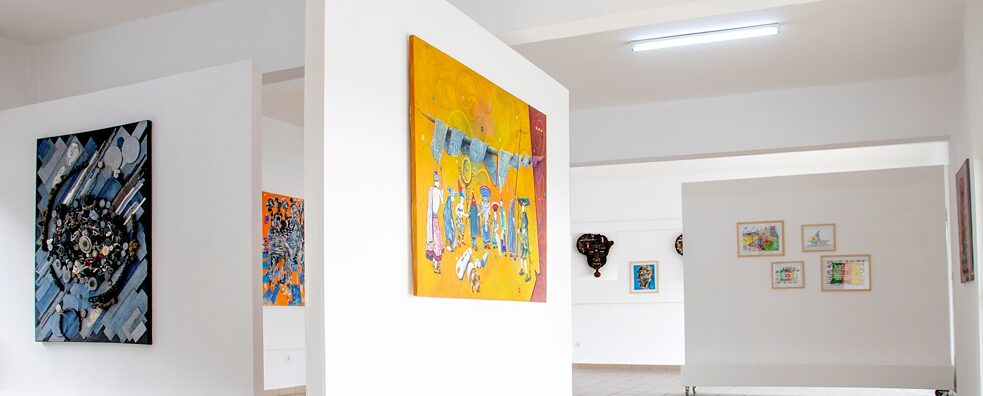
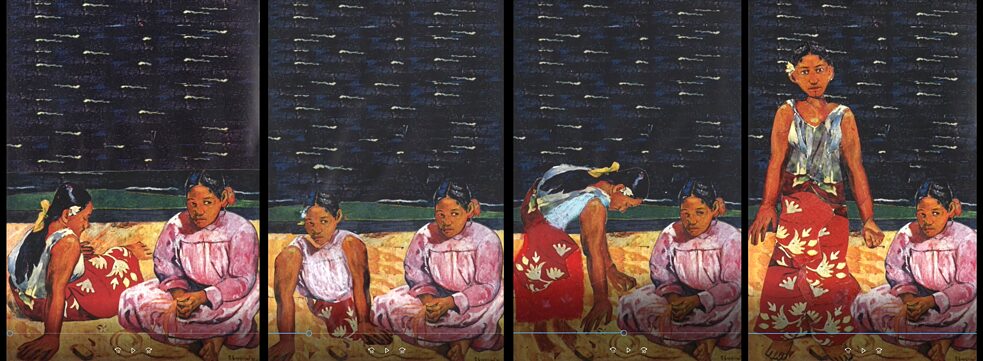
0 0 Comments